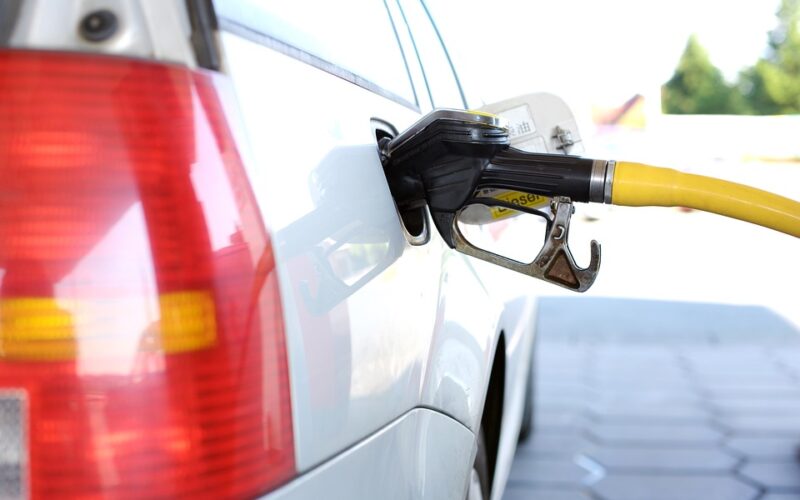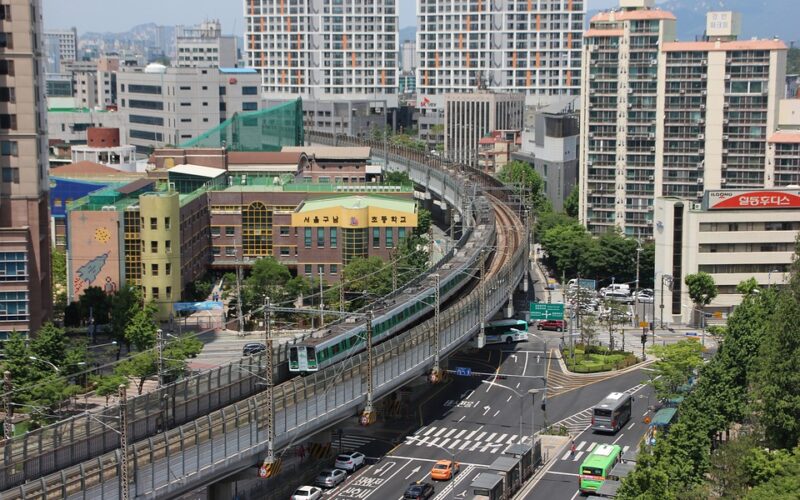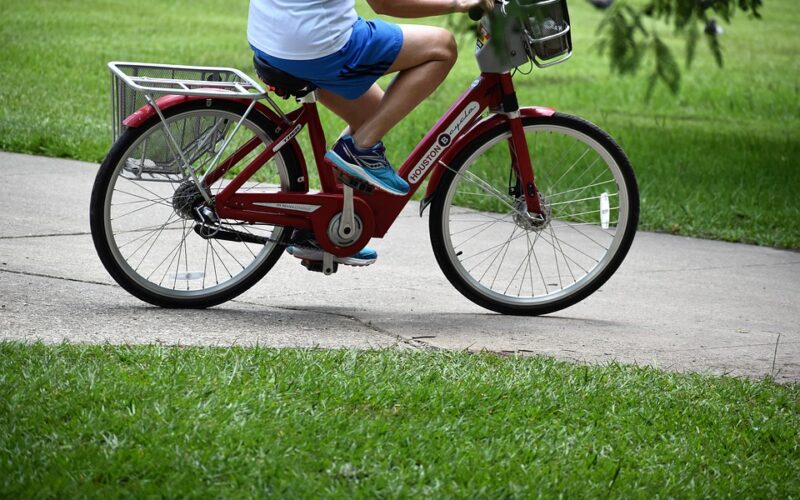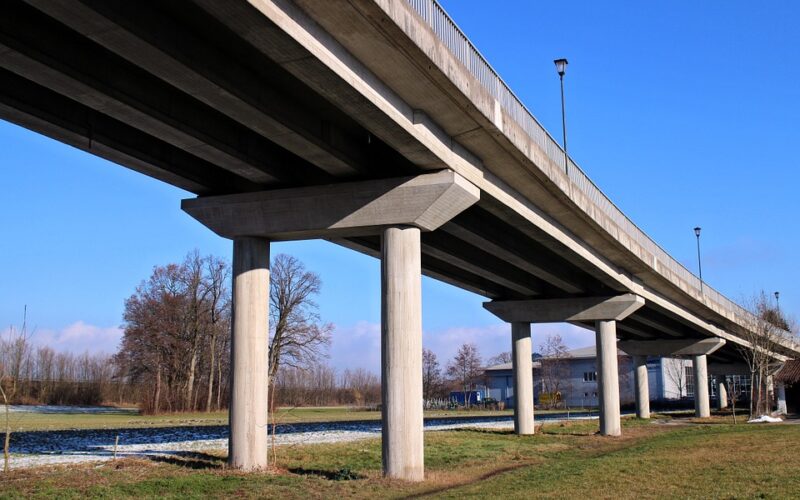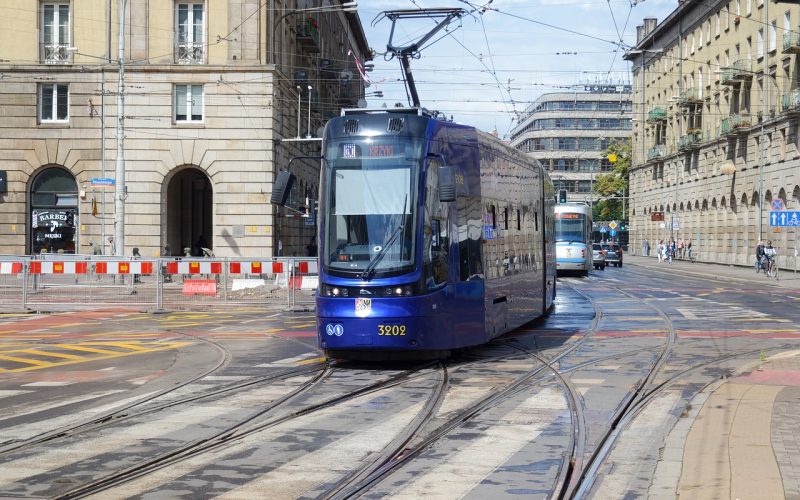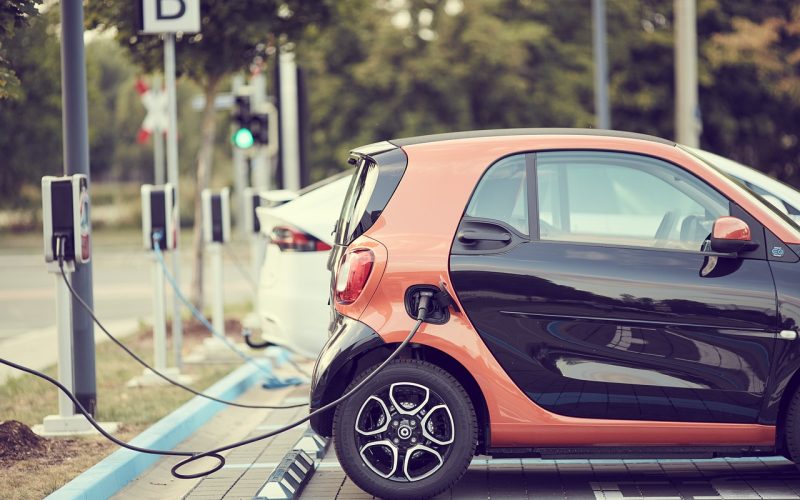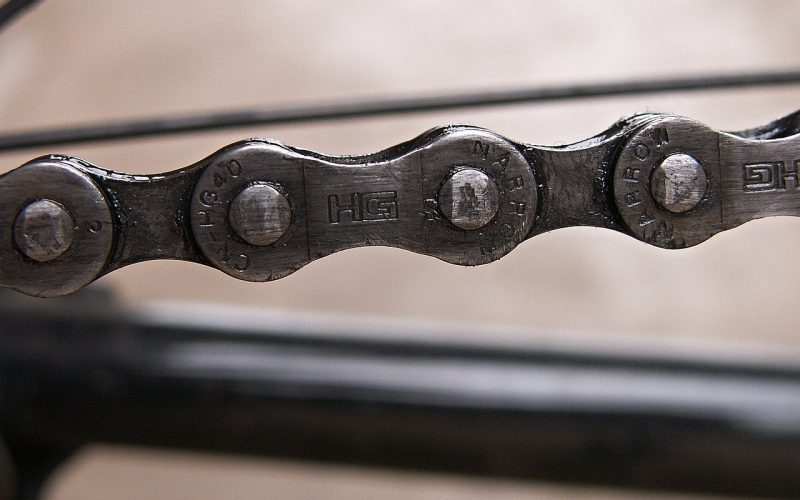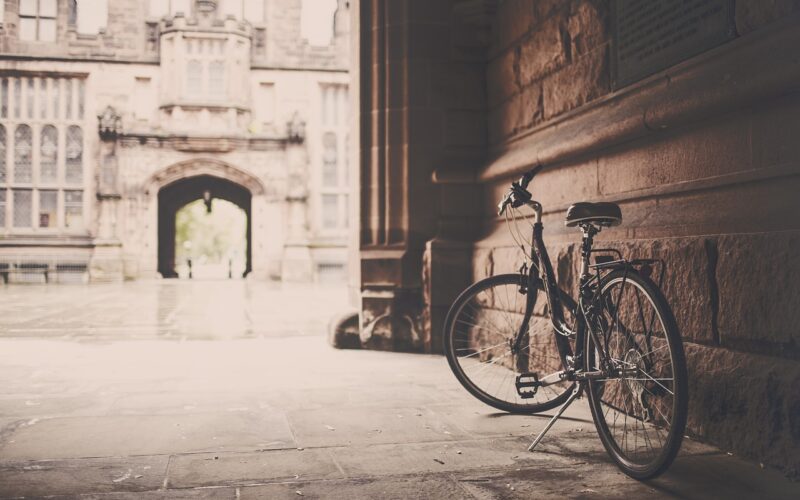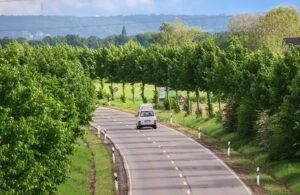Technological advancements have allowed more workers than ever to remain at home, but the majority of people still commute to work in urban areas. The need to get these people to work in a timely manner has not been alleviated, but there are environmental transport concerns. Many older systems are inefficient in terms of energy, and some of them may eventually need to be completely rebuilt. Where new transportation networks are being constructed, the choices being made often give credence to environmental factors that used to be ignored.
Modern life is about people having the freedom to live the lifestyle they choose, and commuting has long been an area where personal choice was more important than environmental concerns. People hopped into their private vehicles, and they sat in traffic for hours to get to and from work. Modern urban areas had skies riddled with smog from commuters, and roads and parking lots were at maximum capacity.
Environmentalists have long tried to get urban areas to see the damage being done by private commuters and their need for roads and parking. Modern city planners have spent years encouraging citizens to park outside the city limits and commute partially on public transportation. That has been marginally successful, but the biggest boost to their program has been the ability to work from home.
While few roads and parking lots are scheduled for demolition, there is that opportunity in the foreseeable future. Today’s commuters are often option to at least park and ride rather than driving their private vehicle the entire way to work in the city centre. Others have found that commuting can now be done by remaining at home, and even the company executives have found it is a viable way to cut overhead while keeping production and services up to par.
